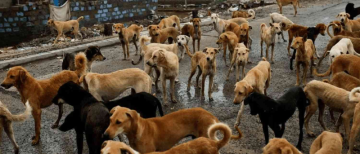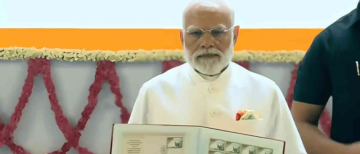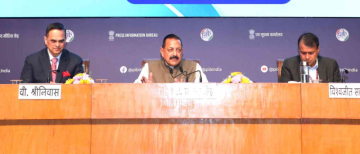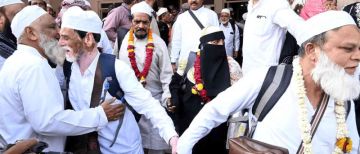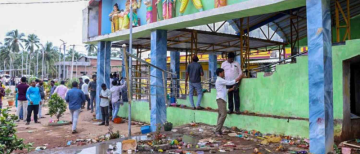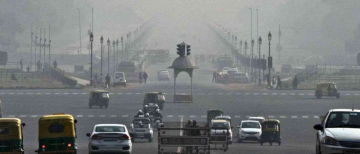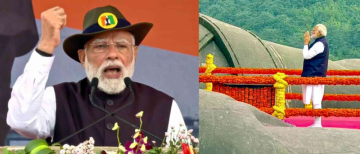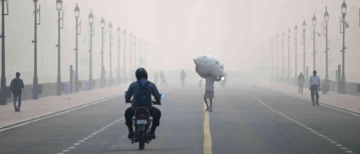In a deeply emotional courtroom moment, the Supreme Court of India offered solace to a grieving father who has spent months fighting to clear his late son’s name. Ninety-one-year-old Pushkaraj Sabharwal, father of Captain Sumeet Sabharwal—the pilot-in-command of the Air India Boeing 787 Dreamliner that crashed in Ahmedabad in June this year—was assured by the top court that his son was not to blame for the tragedy that claimed 260 lives.
“This crash was extremely unfortunate, but you should not carry this burden that your son is being blamed,” Justice Surya Kant told the elderly father during Friday’s hearing. “Nobody in India believes it was the pilot’s fault,” the judge added, offering a measure of comfort to the distraught petitioner.
The Supreme Court Bench, comprising Justices Surya Kant and Joymalya Bagchi, was hearing a plea filed by Pushkaraj Sabharwal and supported by the Federation of Indian Pilots (FIP), seeking an independent judicial probe into the crash.
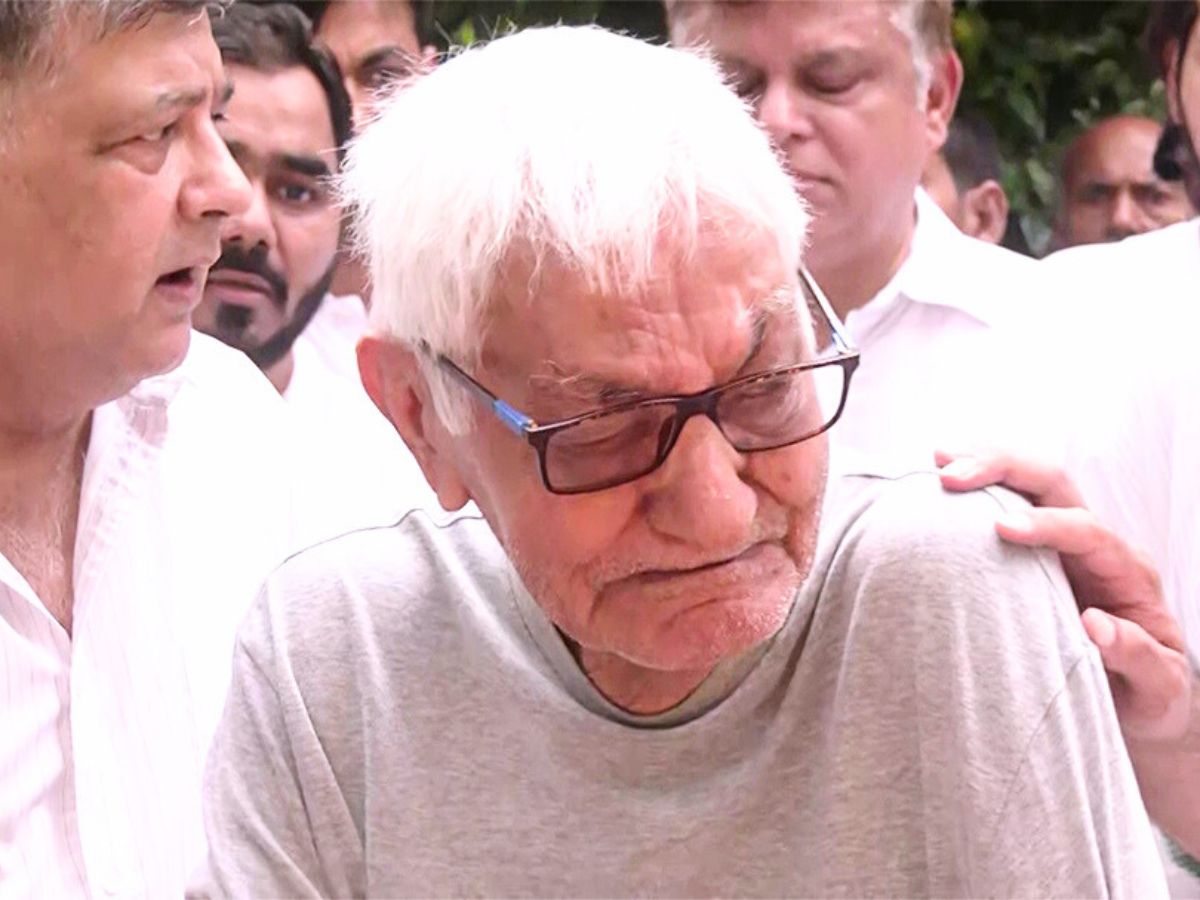
Background: The Tragic Air India Dreamliner Crash
The accident, which has been described as India’s deadliest aviation disaster in over a decade, occurred on June 12, 2025, when Air India Flight 171, a Boeing 787-8 Dreamliner, crashed just 32 seconds after takeoff from Ahmedabad’s Sardar Vallabhbhai Patel International Airport.
The aircraft was en route to London Gatwick when it plunged into the hostel block of B.J. Medical College, resulting in the deaths of 260 people, including nearly all passengers and crew on board and 19 people on the ground.
The incident marked the first-ever fatal accident involving a Boeing 787 Dreamliner since the model entered commercial service in 2011.
What the Preliminary Report Revealed
A preliminary investigation report by India’s Aircraft Accident Investigation Bureau (AAIB), released in July 2025, provided shocking details. It found that fuel supply to both engines was suddenly cut off shortly after takeoff, causing both engines to flame out and the aircraft to lose thrust.
The report revealed that the two fuel control switches were moved to the “cutoff” position in rapid succession—and although they were turned back on about 10 seconds later, the engines had already failed, leaving the pilots powerless to recover the aircraft.
Crucially, the cockpit voice recording captured one pilot asking the other, “Did you cut off the fuel?”—to which the other responded, “No.”
This exchange has become central to the ongoing debate about what truly happened in those final moments.

“Nobody Blames the Pilot,” Says Supreme Court
During the hearing, Justice Surya Kant emphasized that the investigation report, while factual, does not insinuate fault on the part of the pilot.
“No one in India believes it was the pilot’s fault. There’s no insinuation against the pilot in the preliminary report,” the judge said, referring to speculation that had emerged in some international publications.
Justice Bagchi further clarified that the investigation so far had only recorded factual communications between the two pilots, without apportioning blame. “The report merely records what transpired; it does not fix responsibility,” he said.
Pushkaraj Sabharwal’s Petition: Seeking an Independent Judicial Probe
Represented by senior advocate Gopal Shankaranarayanan, the father’s petition contends that the AAIB’s investigation was not fully independent and that a judicially monitored probe is essential to uncover the truth.
He argued that the ongoing inquiry was limited to a preliminary investigation under Rule 9 of the Aircraft (Investigation of Accidents and Incidents) Rules, whereas a comprehensive probe under Rule 11 should have been initiated.
“The current investigation is inadequate and possibly influenced by procedural shortcomings,” the petition said, calling for a committee headed by a retired Supreme Court judge and comprising independent aviation experts to take over the case.
Sankaranarayanan told the court that this was not merely a matter of pilot error or procedural lapse. “There’s a problem with Boeing aircraft all over the world,” he argued, underscoring that the Dreamliner model itself has been under scrutiny globally for technical and mechanical inconsistencies.
He further stressed that the tragedy was not an ‘incident’ but a full-fledged accident, which legally warrants deeper examination.

Clash Over The Wall Street Journal Report
An interesting moment unfolded in the hearing when the petitioner’s lawyer cited a Wall Street Journal article that suggested pilot error—allegedly quoting an unnamed Indian government source.
Justice Surya Kant dismissed the foreign report, remarking, “We are not bothered by foreign reports. If that’s your grievance, your remedy should be before a foreign court—it’s just nasty reporting.”
Justice Bagchi also advised that if any media insinuation had harmed the pilot’s reputation, a defamation suit should be pursued in an appropriate forum rather than through a writ petition in the Supreme Court.
“I am concerned because they cited an Indian government source,” the lawyer insisted. But the court stood firm that such claims must be handled separately from the judicial process concerning the crash.
Government and Regulatory Responses
The Supreme Court has now issued notices to the Centre, the Directorate General of Civil Aviation (DGCA), and the Aircraft Accident Investigation Bureau (AAIB), seeking their formal responses to the petitions filed by Sabharwal and the Federation of Indian Pilots.
The Bench said that another similar petition was pending and that both cases will be heard together on November 10, 2025.
Meanwhile, Air India’s Managing Director and CEO, Campbell Wilson, addressed the issue at the Aviation India 2025 Summit in Delhi on October 30, stating that the airline had found no operational or procedural lapses in its internal review.
“While the AAIB report found no fault with the airline’s operations or practices, we continue to introspect and improve our systems,” Wilson said. “Anything that happens in the industry, whether it’s with us or others, is a cause for reviewing practices.”
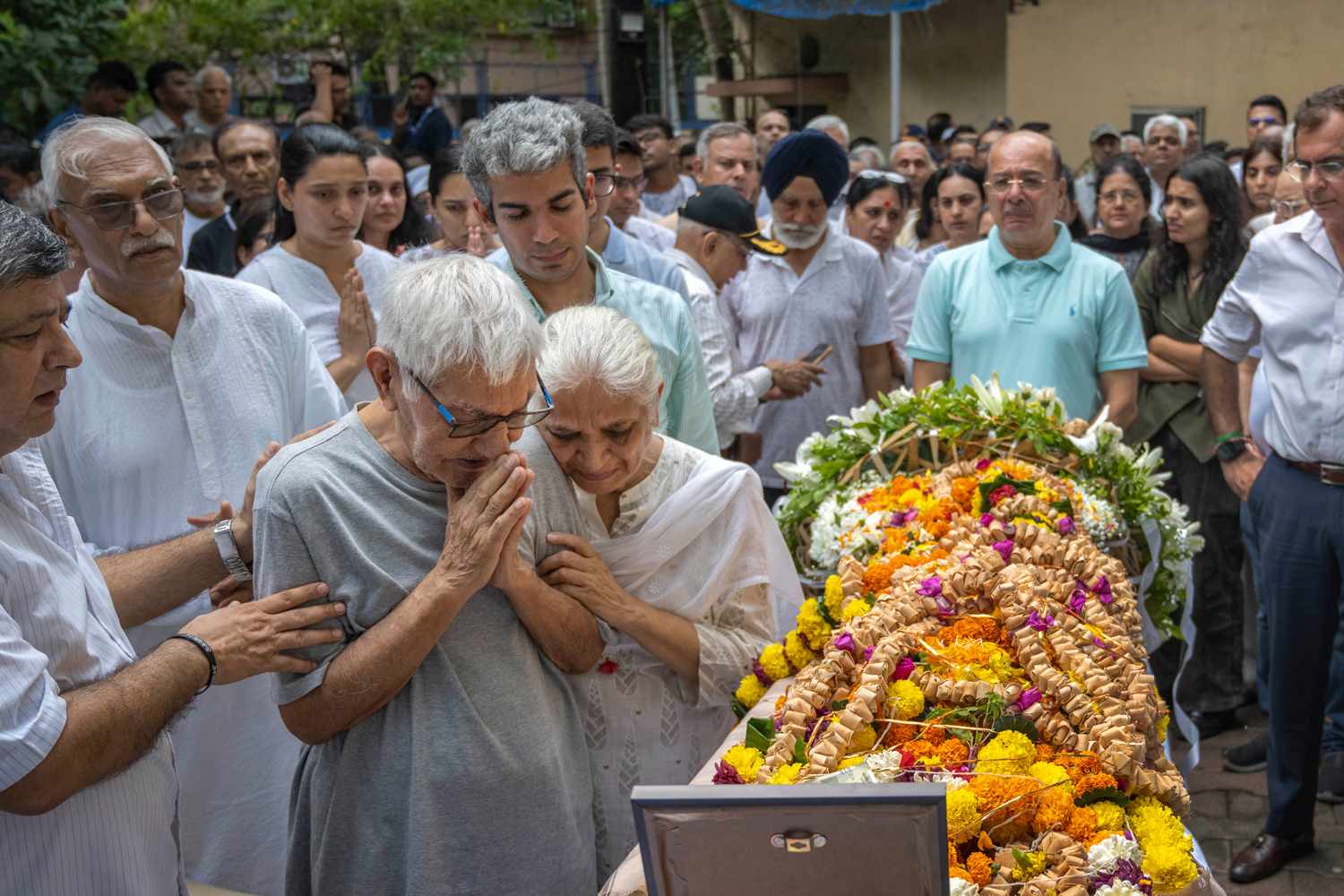
Federation of Indian Pilots Joins the Cause
The Federation of Indian Pilots (FIP), representing around 5,000 members, has stood in solidarity with Captain Sabharwal’s family. The union has long demanded that aviation accident investigations in India be made more transparent, independent, and technically accountable.
In its joint petition, the FIP accused the AAIB of prematurely focusing on the deceased pilots rather than exploring potential technical or procedural failures. The filing noted that the investigative team had “predominantly focused on the deceased pilots while failing to examine or eliminate other more plausible technical and procedural causes.”
It also requested that the government’s current investigation be closed and reconstituted under a new panel headed by a retired Supreme Court judge, echoing Sabharwal’s call for judicial oversight.
The World’s Attention on India’s Worst Air Disaster in a Decade
The Ahmedabad Dreamliner crash has drawn intense international scrutiny, being the deadliest aviation disaster of the 2020s and the first fatal crash involving a Boeing 787.
Multiple reports, including from Reuters, have cited unnamed sources alleging that cockpit data suggested Captain Sabharwal had “cut fuel to the engines.” However, no official agency has corroborated this claim, and the AAIB’s own report left open the possibility of technical malfunction.
The government has repeatedly maintained that the investigation is “clean and thorough,” urging the public to await the final report before forming conclusions.
A Nation’s Sympathy and a Family’s Pain
For Pushkaraj Sabharwal, this case is not merely a legal battle but a deeply personal mission to restore his late son’s honor. His 91 years of age and frail voice did not stop him from standing before India’s highest court to defend the reputation of a son who, he insists, died serving his country with professionalism and integrity.
Justice Surya Kant’s compassionate assurance, “Whatever may be the cause of the tragedy, the pilot is not the cause,” resonated through the courtroom. It marked a rare and powerful moment of empathy from the bench toward a bereaved father seeking closure amid technical arguments and bureaucratic process.
What Lies Ahead
As the Supreme Court prepares to reconvene on November 10, all eyes are now on the responses from the Centre, DGCA, and AAIB.
Whether the court orders a fresh, independent probe—or finds merit in the existing investigation—remains to be seen. But for now, one thing stands clear: India’s top court has publicly absolved Captain Sumeet Sabharwal of blame, offering his family and fellow pilots a long-awaited sense of vindication.
The tragedy of Air India Flight 171 continues to raise profound questions about air safety, accountability, and the balance between human and technical error. And as the world watches, the outcome of this case could set an important precedent for how aviation disasters are investigated in India.
With inputs from agencies
Image Source: Multiple agencies
© Copyright 2025. All Rights Reserved. Powered by Vygr Media.








